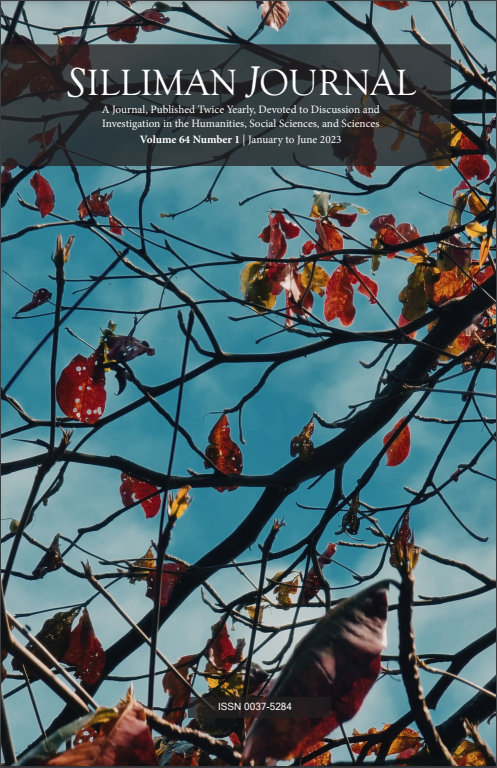Quantifying Energy Balance across Different Biomes Using Remotely Sensed Data
Keywords:
Energy Balance, Biomes, Remotely sensed dataAbstract
Although there are existing remotely-sensed data that directly calculate the surface energy balance parameters, their spatial resolution is low. With this, a method called Simplified Surface Energy Balance Index was used to estimate energy balance components. From the different remotely-sensed data, downscaled maps of net radiation, latent, sensible, and ground heat fluxes were generated for the province of Laguna. The values of these parameters were measured for water, urban, forest, and agricultural areas. It was found that latent heat flux was highest for all the biomes while soil heat flux was the lowest. Comparing the components for each biome, latent heat flux was high in forest and water bodies due to the availability of water, which is a factor of evaporation. On the other hand, ground heat flux and sensible heat flux were high in urban and agricultural areas, both representing dry areas. Overall, net radiation is inversely proportional to reflectance. Water had low albedo, therefore high net radiation. The urban and agricultural areas had high albedo, which indicates low net radiation. The method employed in this study is helpful to estimate the partitioning of the surface energy balance parameters, especially in the absence of instruments that directly measure them.


